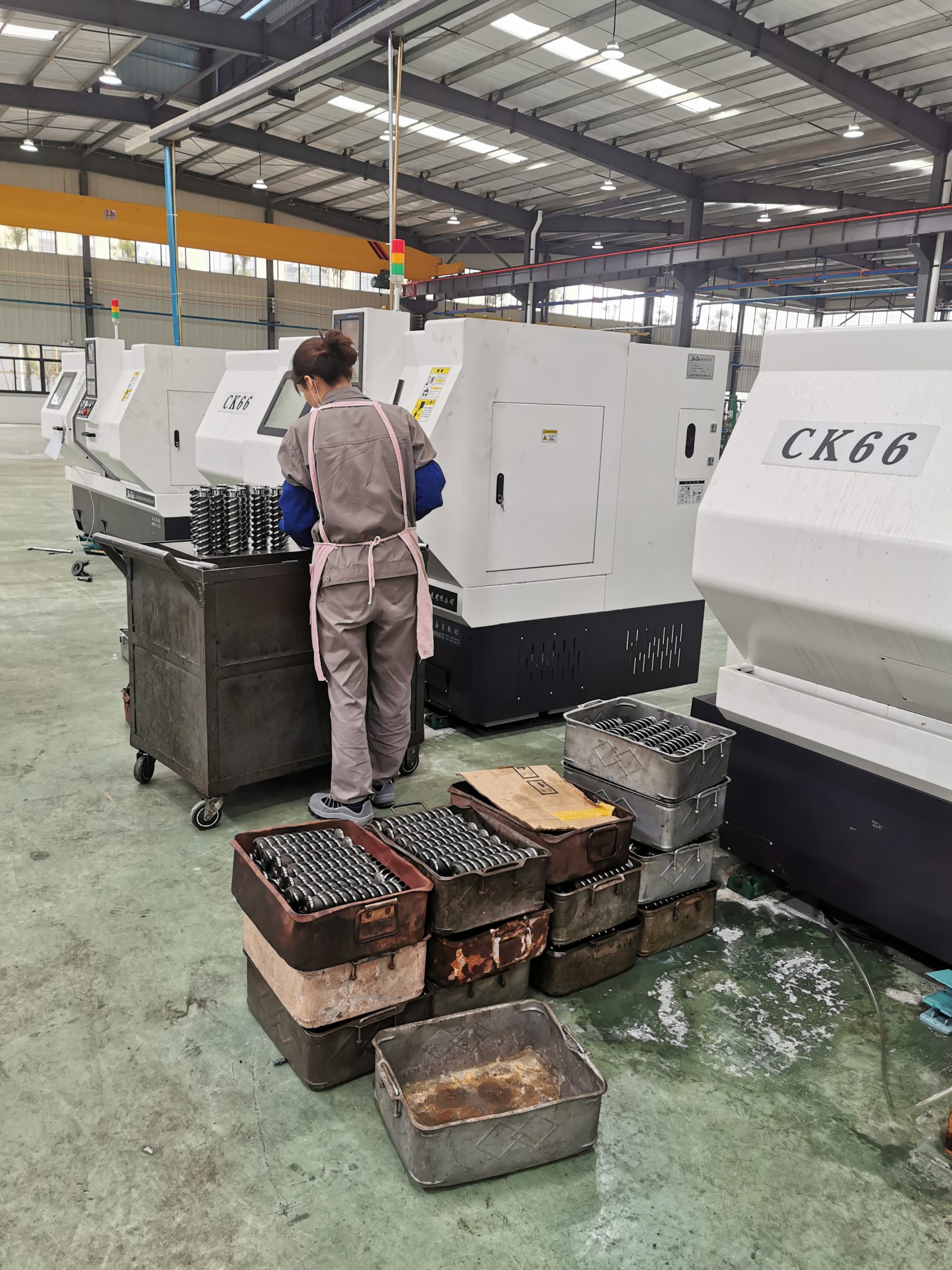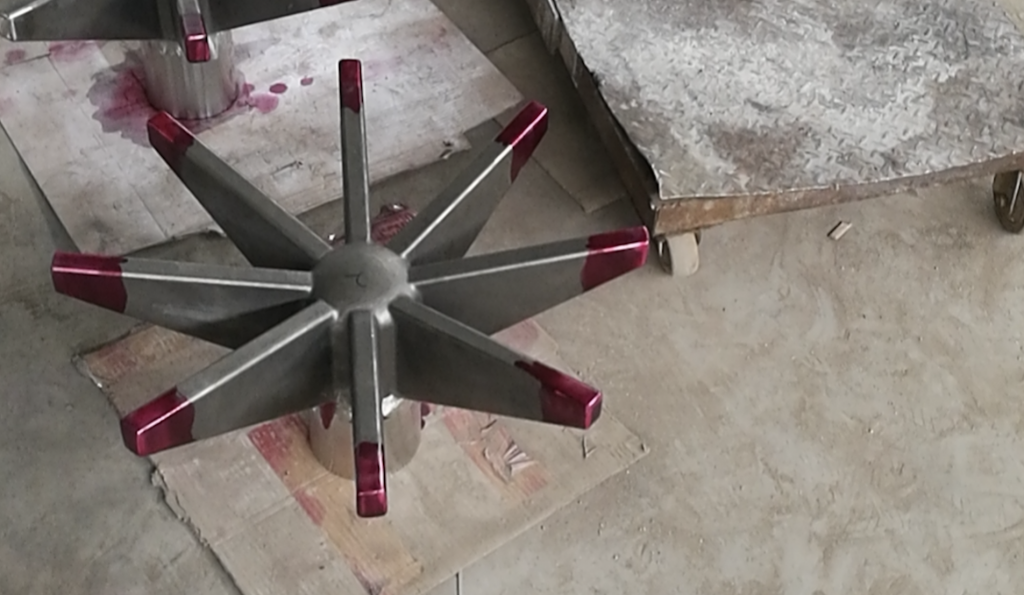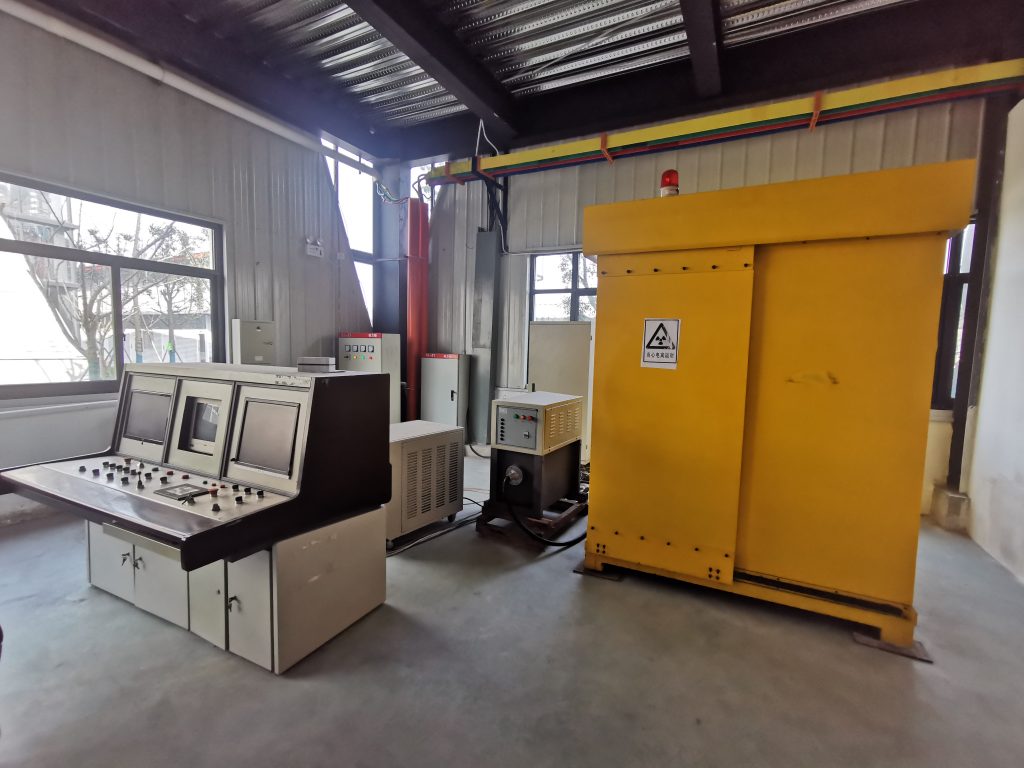Investment casting is popular used for manufacturing precision metal parts, but it is not avoidless there may exsit quality problem during the whole production process. So to gurantee the quality of products, it is necessary to do quality control before delivery.

We offer a wide variety of in-house investment casting quality verification and product testing services (such as NDT) designed to provide our customers with the highest quality cast product. No matter where the product is applied, each precision investment castings is inspected and approved before delivery.
Visual Inspection

Following the investment casting industry standards and specific requirements from our customers, visual inspection is required to ensure good casting quality from start to finish. Visual inspection must be 100% carried out and need to make sure there will be no defects on the surface of investment castings. Common surface defects of investment castings are: scales, air holes, sand holes,cracks, shrinkage cavities, ect. Any castings with such defects must be picked out and can not be delivered to our customers. And all the inspection result must be documented and stored to record all the products made from our foundry.
Dimensional Inspection
We all know that investment casting is a custom casting process for various components. And different products have different dimensions and tolerances requirements. Investment casting process can help you to obtain precision products with ideal sizes and dimensions for its high accuracy. And even if some tolerances are not available from casting directly, we can also reach the result by further machining. However, although sometimes, the finished products looks perfect, it does not mean they can put into use without doubt. In this case, dimensional inspection is vital to guarantee. Below is the common dimensional inspection methods used in our foundry:

1)Measuring tools–it is the most direcltly and simple way to test the dimensions and tolerances by hand. To ensure qualified products, we need to test the product by measuring tools one by one according to the drawing. Common used measuring tools for investment castings include: vernier caliper, depth indicator, dial indicator, ect.

2)Testing guage–Is made according to the sizes which will probably affect the assembly or use of products. For threaded holes, we can buy go and not go gauge according to the thread specification directly from the market. Testing guage is mostly used when the dimensions can not be tested by measuring tools directly.
3)CMM–Is the most accurate way to test the dimensions of products. But it will add the cost of manufacturers for the high cost of CMM equipments and only few foundries have such instrument.
Chemical Composition Inspection

Investment casting parts is formed by pouring melted metal into the sprue. This makes it possible to cast products in large kinds of metal alloys, and different materials have its own characteristics. Any composition error of elements might bring much trouble to our customers. So we need to test the chemical composition of materials accordingly. Material testing is performed by spectrographic instrument. Our quality control procedure in material is: When ordering raw material from material factory, material certificate is requested and provided. And before production, we will compare the composition of each element by spectrograph, and the recorded result will show if the material is within the range. And after casting or heat treatment,our testing instrument will help us to confirm if the material composition is changed during the production process. And each batch testing result will be recorded in our laboratory room for future trace.

Mechanical Properties Testing

To confirm the properties of the investment cast part, mechanical testing is performed to approve the quality of products. The testing confirms the properties comply per the specified mechanical requirements. Below mechanical properties testing can be done to confirm proper casting quality.
Hardness testing–Is tested when there is a hardness requirement on investment castings. Hardness testing result is mostly shown in HB or HRC.


Tensile testing–A destructive test process that provides ultimate tensile strength, yield strength, elongation and reduction area rate of the products.

NDT Testing
NDT (Non Destructive Testing) allows us the capability of testing the quality of an investment casting part without any destroying. The most common methods available are listed below:
Dye Penetrant Inspection: Sometimes it is difficult to find the surface defects by naked eye, such as tiny cracks, pores or other surface defects. DPI is a testing method used for surface defects of all alloy investment castings. In this inspection process, an dye solution with color is applied to the surface of the castings. The dye, which is suspended in penetrating oil, finds its way into the surface defects. When a special developer is applied, the defects are clearly indicated under a special “blue” light. The solution is to detect any cracks or other surface defects due to porosity or gas that produced on the surface.

Magnetic Particle Inspection: It is a non-destructive testing method to find the defects by the accumulation of magnetic powder where the defect is located .MPI testing is convenient and affordable. It detects small cracks on or near the surface of investment castings. Cracks and defects have differing magnetic properties than those of the surrounding material. Their presence will interrupt the magnetic field, causing distortion, which indicates the shape and position of the crack or void.
X-ray Inspection: This non-destructive method is carried out to detect internal defects of investment cast parts, like shrinkage and inclusions.TCC has the Non-destructive testing equipment and also qualified engineers with certificated to conduct this inspection .

Ultrasonic Testing: It can evaluate and diagnose various defects like crack, inclusion and pinhole, etc. When the ultrasonic wave propagates in a job, one can detect the defect in it by the influence on the propagation of ultrasonic wave based on the acoustic characteristic demonstrated by the defect in the material.

